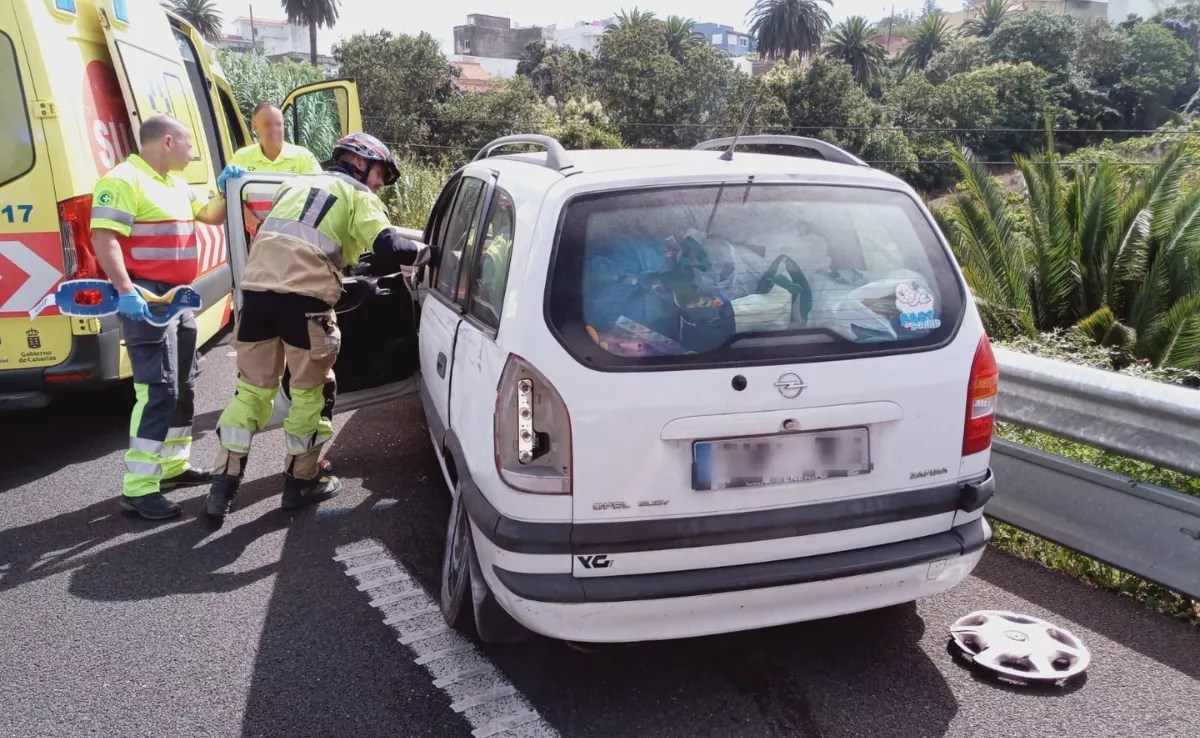The dedicated bus lane to Las Teresitas beach in the capital is set to be reinstated before the close of this year, despite the city council’s earlier decision to halt this initiative following pilot tests conducted over weekends last summer. This action was prompted by grievances from residents and business owners in San Andrés who opposed the decrease in parking availability on Avenida Marítima.
Nonetheless, the utilisation of the bus as an effective mode of public transport, which has proven successful in alleviating extensive queues and traffic congestion in the coastal region, has persuaded the council to revive the initiative. They have drafted an action protocol stipulating that the designated lane will only be operational on days when a pre-alert or heat alert is issued.
This announcement was made yesterday by the mayor, José Manuel Bermúdez, alongside the councillor for Mobility, Evelyn Alonso. They indicated that discussions have been held with local residents and merchants, resulting in a protocol that is expected to be finalised before the year’s end and will require agreement from the residents, as noted by the councillor.
The establishment of the bus lane to the beach will also be supported by an Artificial Intelligence (AI) system designed to offer citizens up-to-date information on parking space availability at Las Teresitas. This initiative is anticipated to launch in the first quarter of 2025, featuring cameras that enable users to monitor the occupancy rate of the car park via the official website, a mobile application (app), and variable messaging boards that will be situated at various locations throughout the city, including Avenida de Anaga and San Andrés.
These new measures were unveiled during the launch of activities organised by the city council for European Mobility Week, which will continue until Sunday. In this context, the mayor emphasised that “the sole way to reduce queues at Las Teresitas is to leave the car at home and opt for the bus. For this to serve as an incentive, public transport must operate promptly.”
“It is evident that access to Las Teresitas will not increase, as the area’s topography and urban planning cannot facilitate the expansion of the current lanes from two to six in the short, medium, or long term. Hence, the only remedy for the traffic congestion in the area during peak heat periods is to utilise public transport,” explained Bermúdez.
Consequently, he reiterated that “the pilot tests have yielded adequate data to advocate for the bus lane’s usage, but solely during heat alert periods, as there is no rationale for its use on days when we anticipate no issues.”
The Councillor for Mobility clarified that the bus lane’s implementation will mirror the approach taken during the pilot tests, but will limit its operations to pre-alerts for elevated temperatures. “At this juncture, we find ourselves at a pivotal moment where we believe in the necessity of committing to this measure.”
















